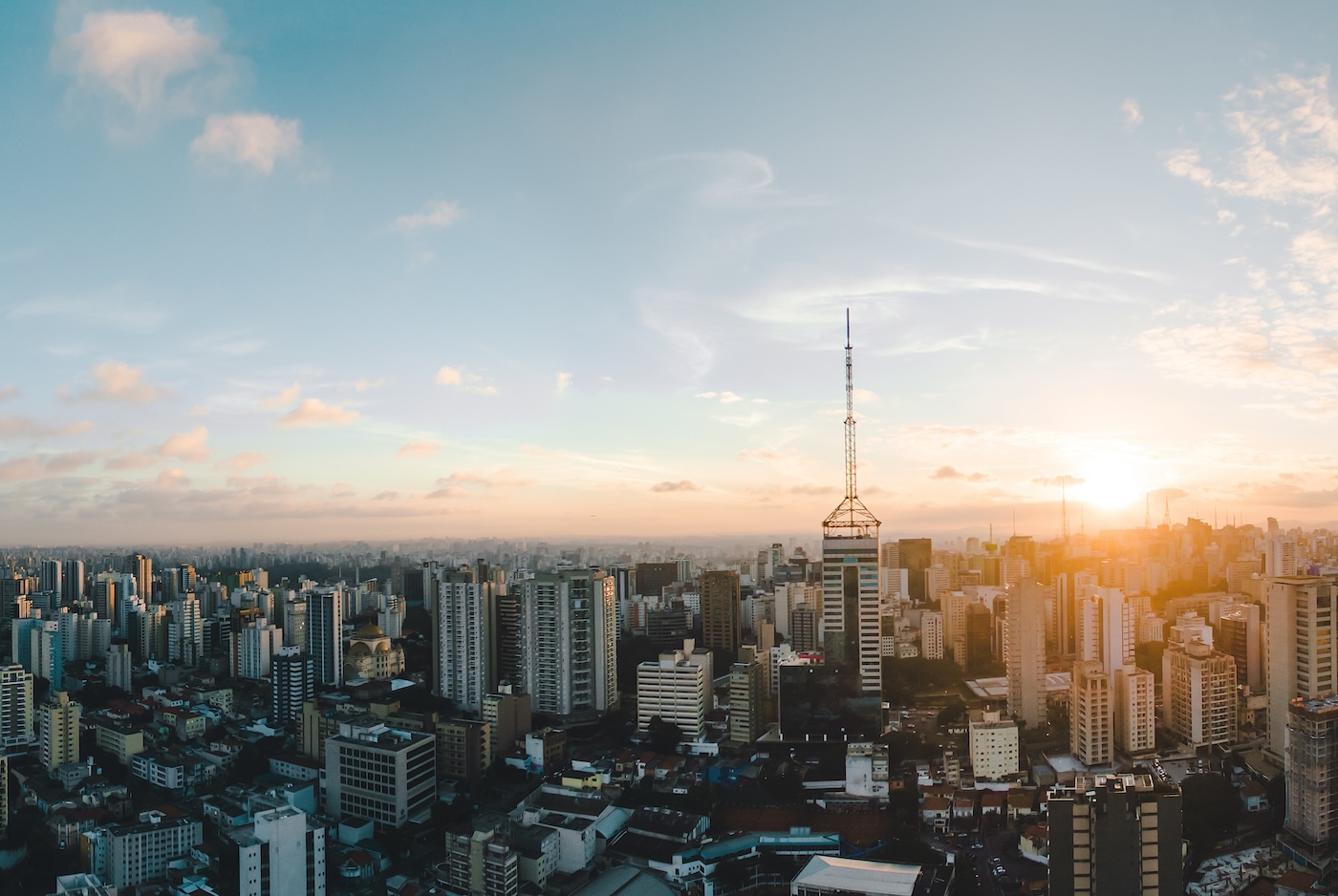Recommended
ExxonMobil announced the discovery of two more massive oil fields off the coast of Guyana last month. The news has reignited questions about how the South American country’s 780,000 citizens can most benefit from these resources.
If back-of-the-envelope estimates of around $5 billion of oil revenue per year are correct, that equates to around $6,410 USD per person—far more than the current GDP per capita of $4,655 USD. This wall of cash could be transformative or it could create a rash of new problems. Equatorial Guinea is an example of a country that lucked out with a huge oil windfall, but the money entrenched a repressive family oligarchy and poverty remains high despite GDP per capita of around $10,000 USD.
Guyana should instead learn from other countries that are distributing windfall revenues and letting citizens make investment choices for themselves. Bolivia, for example, already uses its hydrocarbon rents to fund several targeted social safety net programs, and some of us have argued elsewhere that it should adopt an approach to biometric identification based on the Indian model to deliver benefits directly to recipients. Optimistically, at a recent panel at Rice’s Baker Institute Guyanese Minister of Business Dominic Gaskin stated a clear commitment to move the government bureaucracy towards digitization and automation to reduce inefficiencies.
Other steps Guyana has already taken include:
-
Publishing the existing oil extraction contracts. In December 2017, Guyana released the Petroleum Agreement with Exxon to the public.
-
Starting the process of joining the Extractive Industries Transparency Initiative (EITI). Guyana’s candidature application was accepted in October 2017. It is now required to publish its first EITI report by April 25, 2019.
To maximize citizens’ benefits from the newfound wealth, Guyana should also:
-
Establish a Sovereign Wealth Fund to mitigate risks of volatile revenue and unsustainable spending. Guyana has already laid out the policy framework for a SWF. By creating a strong institution to manage a portion of the oil revenues, Guyana can set itself up for long-term sustainable growth.
-
Provide biometric IDs for its entire population... According to the World Bank’s ID4D, only four percent of Guyana’s population lacks a formal identification, so its ID infrastructure is already functioning. With a small population spread over a small geographic area, upgrading those IDs to a biometric platform is very feasible. (By comparison, Malawi achieved universal ID coverage of over nine million adults in less than six months in 2017.)
-
… and use them to deliver citizen dividends and other benefits. India’s Aadhaar platform provides biometric identifiers for state governments to deliver cash benefits to segments of the population. Being able to individually identify each citizen ensures that everyone could receive an equal share of the natural resource dividends based on a revenue sharing formula—or, like Alaska, a profit sharing from the SWF. For an even more progressive policy, Guyana could use the ID and payment systems to target the poorest citizens with even larger benefits.
-
Commit to a modern power system for the capital Georgetown and major towns. One of the limitations of an oil-driven economy is the typical lack of domestic jobs created directly by the petroleum sector. One way to enable employment and provide a highly visible benefit from oil wealth is electrification. While 15 percent of the population of Guyana is still without access to even basic energy, those with access suffer from inadequate supply and frequent outages. In fact, Guyanese businesses face more outages than the rest of Latin America. The government could work with Exxon Mobil to invest in infrastructure to deliver affordable, reliable, and abundant energy services. A modern power system that worked 24/7 in all the major urban centers would drive higher consumption for households, deliver better public services, and help to sustain higher non-oil economic growth.
ExxonMobil anunció el descubrimiento de dos campos masivos de petróleo masivos en la costa de Guyana el mes pasado. La noticia ha reavivado varias preguntas sobre cómo los 780,000 ciudadanos del país sudamericano pueden beneficiarse de estos recursos.
Las estimaciones aproximan los ingresos de petróleo a alrededor de $5 mil millones por año son correctas, lo que equivaldría a $6,410 USD por persona, mucho más que el PIB per cápita actual de $4,655 USD. Este flujo de efectivo podría ser transformador, o podría crear una serie de nuevos problemas. Guinea Ecuatorial es un ejemplo de país que tuvo suerte con una gran ganancia de petróleo, pero tiene el dinero arraigado en una oligarquía familiar represiva, y la pobreza sigue siendo alta a pesar del PIB per cápita de alrededor de $10,000 USD.
Guyana, en cambio, debería aprender de otros países que están distribuyendo sus ingresos extraordinarios y permitiendo que los ciudadanos tomen decisiones de inversión por sí mismos. Bolivia, por ejemplo, ya utiliza sus rentas de hidrocarburos para financiar varios programas específicos de redes de seguridad social, y algunos de nosotros hemos argumentado en otra parte, que se debería adoptar un enfoque de identificación biométrica basado en el modelo de India para brindar beneficios directamente a los beneficiarios. De manera optimista, en un panel reciente en el Instituto Baker de Rice, el Ministro de Comercio Exterior y Turismo de Guyana, Dominic Gaskin, expresó un claro compromiso de hacer que la burocracia del gobierno avance hacia la digitalización y la automatización para reducir las ineficiencias.
Otros pasos que Guyana ya ha tomado incluyen:
- Publicación de los contratos de extracción de petróleo existentes. En diciembre de 2017, Guyana lanzó públicamente el Acuerdo de petróleo con Exxon.
- Inicio del proceso de incorporación a la Iniciativa para la Transparencia de las Industrias Extractivas (EITI). La solicitud de candidatura de Guyana se aceptó en octubre de 2017. Ahora se requiere que publique su primer informe EITI antes del 25 de abril de 2019.
Para maximizar los beneficios de los ciudadanos con la nueva riqueza, Guyana también debería:
- Establecer un Fondo de Riqueza Soberana para mitigar los riesgos de ingresos volátiles y gastos insostenibles. Guyana ya ha establecido el marco de políticas para un FRS. Al crear una institución sólida para administrar una parte de los ingresos del petróleo, Guyana puede establecerse para un crecimiento sostenible a largo plazo.
- Proporcionar identificaciones biométricas para toda su población... De acuerdo con el ID4D del Banco Mundial, solo el cuatro por ciento de la población de Guyana carece de una identificación formal, por lo que su infraestructura de identificación ya está funcionando. Con una pequeña población distribuida en una pequeña área geográfica, es muy factible actualizar esas identificaciones a una plataforma biométrica. (En comparación, Malawi logró una cobertura de identificación universal de más de nueve millones de adultos en menos de seis meses en 2017).
- ... y utilizarlos para entregar dividendos y otros beneficios a los ciudadanos. La plataforma Aadhaar de la India proporciona identificadores biométricos para que los gobiernos estatales entreguen beneficios en efectivo a partes de la población. El poder identificar individualmente a cada ciudadano garantiza que todos puedan recibir una parte igual de los dividendos de los recursos naturales en función de fórmulas de participación en los ingresos, o, como Alaska, una participación en los beneficios del FRS. Para una política aún más progresiva, Guyana podría usar los sistemas de identificación y pago para dirigirse a los ciudadanos más pobres con beneficios aún mayores.
- Comprometerse con un sistema de energía moderno para la capital Georgetown y las principales ciudades. Una de las limitaciones de una economía impulsada por el petróleo es la falta de empleos domésticos creados directamente por el sector petrolero. Una forma de permitir el empleo y proporcionar un beneficio altamente visible de la riqueza petrolera es la electrificación. Mientras que el 15 por ciento de la población de Guyana aún no tiene acceso ni siquiera a la energía básica, las personas con acceso sufren un suministro inadecuado y cortes frecuentes. De hecho, las empresas de Guyana enfrentan más interrupciones que el resto de América Latina. El gobierno podría trabajar con ExxonMobil para invertir en infraestructura para ofrecer servicios de energía asequibles, confiables y abundantes. Un sistema eléctrico moderno que funcionara las 24 horas del día, los 7 días de la semana en todos los principales centros urbanos generaría un mayor consumo para los hogares, brindaría mejores servicios públicos y ayudaría a sostener un mayor crecimiento económico no petrolero.
Disclaimer
CGD blog posts reflect the views of the authors, drawing on prior research and experience in their areas of expertise. CGD is a nonpartisan, independent organization and does not take institutional positions.






